By 2036, cities will boast gigantic structures that are eco-friendly. These buildings use energy from the sun, wind, and the earth. They’ve a unique concrete that fixes itself when cracked. The designers plan to have many green areas for better air.
Machines and smart technology helped build these buildings. Drones are put together off-site. Sensors in the buildings check energy use to make them better. They save water by collecting rainwater. Such structures set a good example for caring about nature.
People today like living green. Builders want to have net-zero homes. For that, they get tax breaks. Rooftop gardens provide fresh food for the whole community. So these buildings show folks shifting towards eco-living.
The cost is still high, along with rules that delay building. But modern printing and modular designs have dropped prices since. Architects work with scientists to meet tough green standards. So these huge buildings can be good for both growth and nature.
In developing nations, the rising stars of green technology are having an immense impact. Small-scale models of green designs help rural areas. People can then be energy independent and lessen the load on old grids. Savvy educational programs reveal the long-term cost savings from using sustainable materials and methods, which leads to widespread acceptance.
By 2036, these green behemoths will represent mankind’s vow for a healthier planet. Their ascent shows how ambition can go hand-in-hand with responsibility, as megastructures turn eco-friendly. Sustainable building practices will direct urban growth to create resilience for future generations.
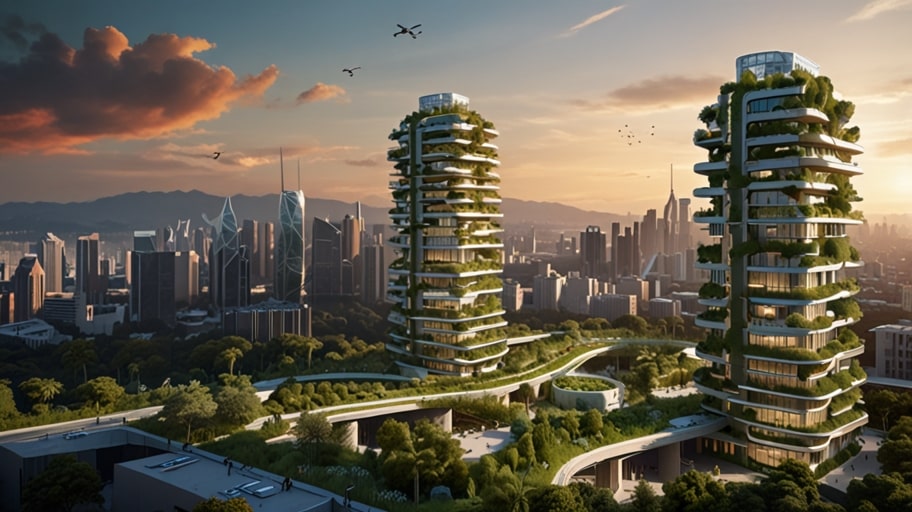
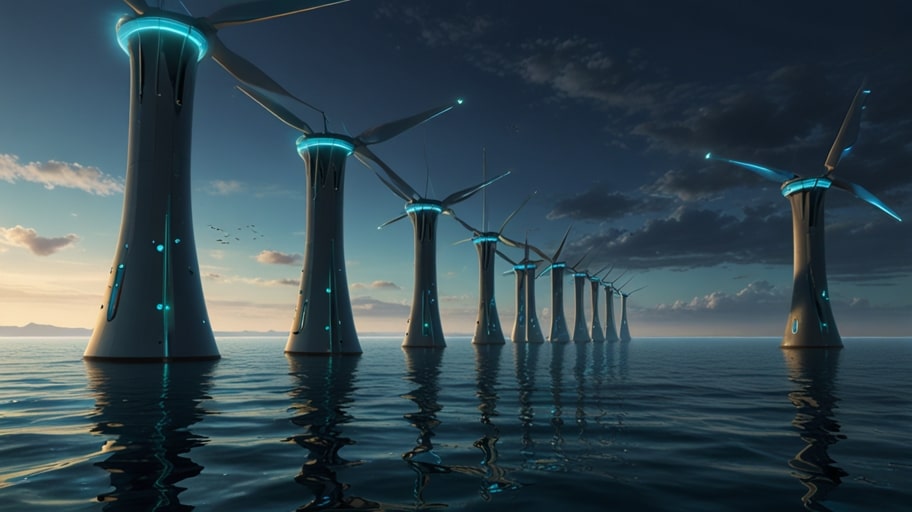
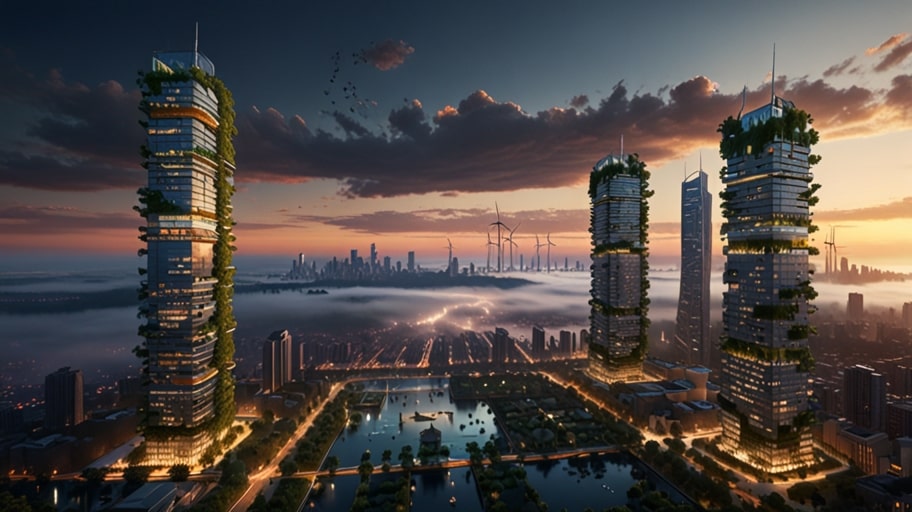

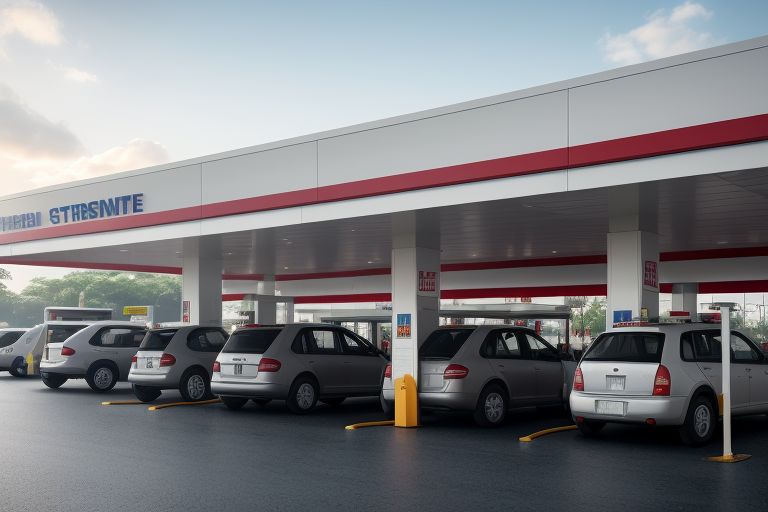

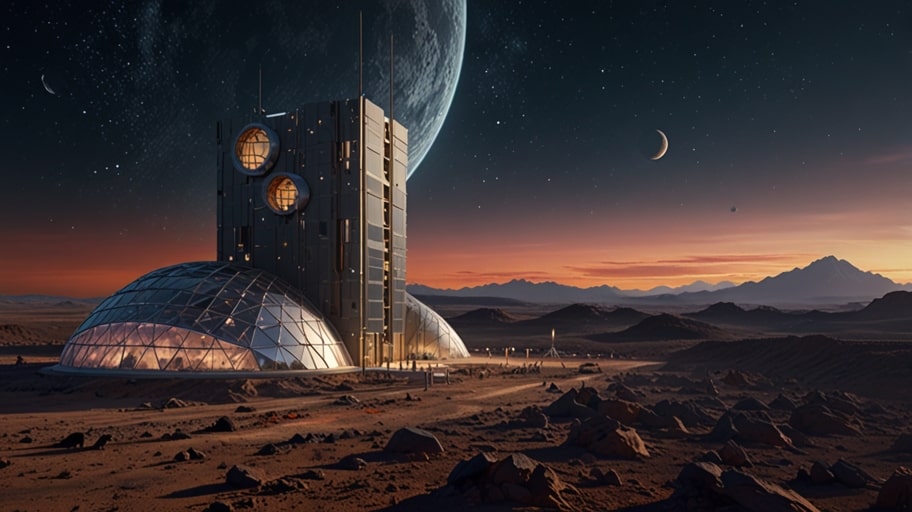
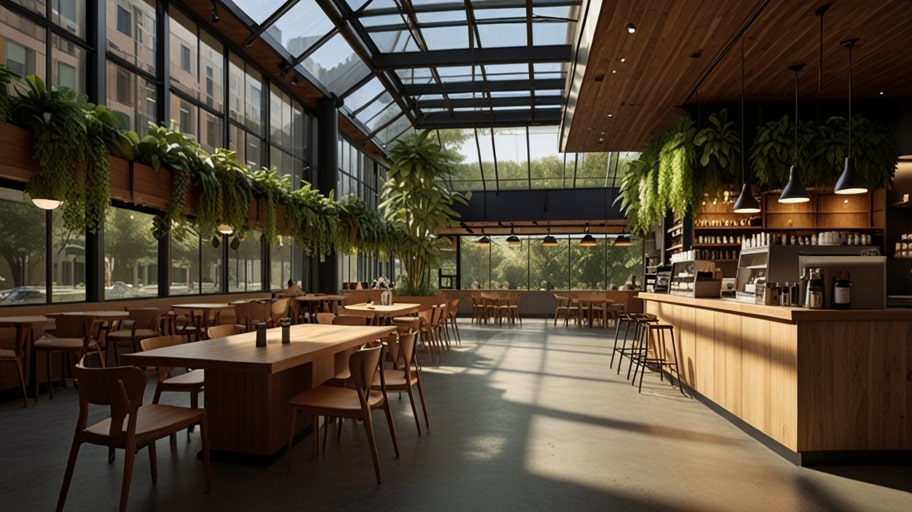
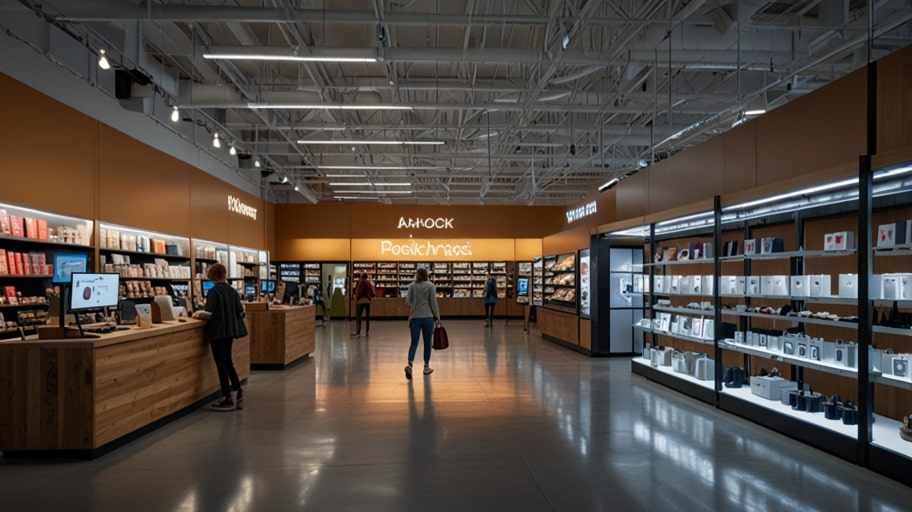


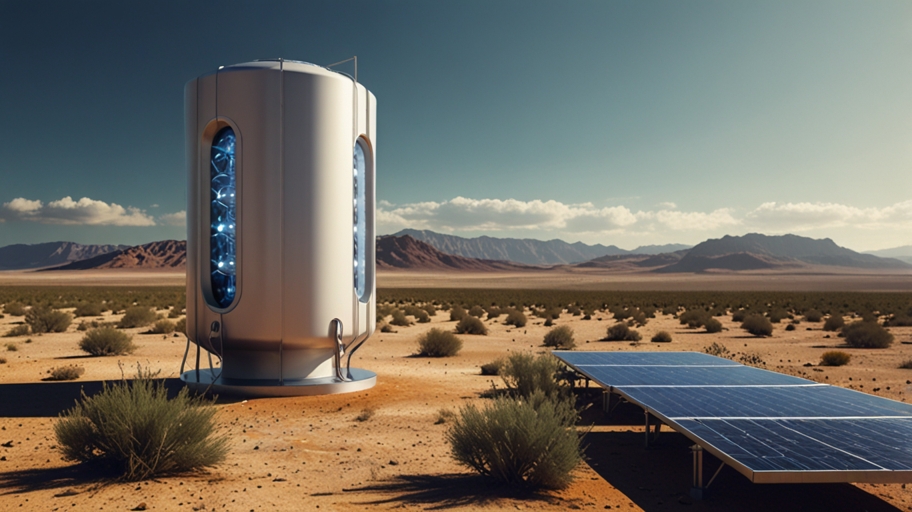

Leave a Reply